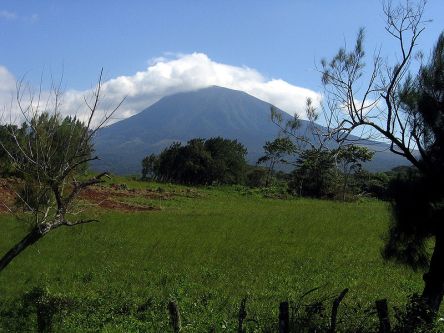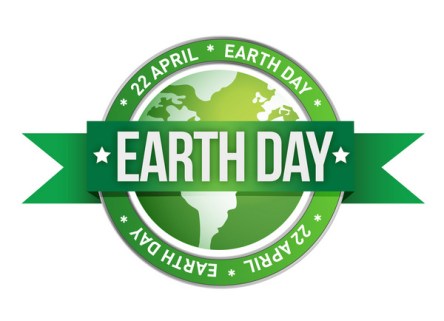The United Nations predicts that by spring 2024 the world’s population will reach 8 billion. Meeting the energy needs of the world’s ever-growing population is a hot-button issue, especially in the context of finite carbon-based energy sources and the looming danger of irreversible climate change. While going carbon-neutral can seem like an unachievable goal in its complexity, there are trailblazers whose goals are exactly that: shifting populated environments away from fossil fuel dependency and onto a system of renewable energies. We’ll be taking a look at some the superstars of carbon-neutral environments and renewable energy trailblazers. Costa Rica The 2010 winner of the World Future Council’s Future Policy Award, Costa Rica has long been lauded for its environmental conservation and protection initiatives. But the little Latin American country was the focus of intense global acclaim in March 2015 when it announced that it has generated 100 percent of all its electricity from renewable sources for the 75 days straight of the year. The state-run Costa Rican Electricity Council (ICE) released information detailing that it had managed to avoid using any fossil fuels to generate electricity until mid-March by using a combination of biomass, wind, solar, geothermal and most importantly hydroelectric power plants, boosted by heavy rainfall experienced this year. Under normal conditions, Costa Rica already sources 88 percent of its electricity from renewable sources. Hydroelectric plants provide 68 percent of Costa Rica’s electricity followed by geothermal plants with a 15 percent share, wind farms provide 5 percent, biomass sources under one percent and solar chips in with 0.1 percent. Carbon-zero 2021 The Central American country plans to further expand its renewable power plant infrastructure in a bid to achieve carbon neutrality by 2021, as pledged six years ago. 100 megawatts worth of wind warms...
Earth Day
Creative community celebrations
There’s no better time than the present to start making a difference; and the best place to start is in your own community. Not only is Earth Day right around the corner, but eco-friendly action can help Mother Nature thrive. First celebrated on April 22, 1970, Earth Day was launched to honor our planet, acknowledge its fragility and promote the development of healthy communities. It was initiated by Earth Day founder Gaylord Nelson, then a U.S. Senator from Wisconsin, after witnessing the terrible aftermath of the 1969 massive oil spill in Santa Barbara, Calif. (The hometown of Yardi.) The first Earth Day led to the creation of the United States Environmental Protection Agency and the passage of the Clean Air, Clean Water, and Endangered Species Acts. “It was a gamble,” Gaylord later commented, “but it worked”. What started as a “national teach-in on the environment” has now evolved onto a global-scale movement observed in over 192 countries around the world. At present, more than one billion eco-minded participants worldwide take the opportunity to demonstrate their commitment next Tuesday through events and festivities all focused on environmental issues. The movement is globally coordinated by the Earth Day Network (EDN). From tackling global warming issues to greening schools and hosting town hall discussions on clean energy investment and green jobs, EDN has many projects on roll. Among the many successful campaigns, the movement’s 40th anniversary made quite a splash. In 2010, EDN brought “225,000 people to the National Mall for a Climate Rally, amassed 40 million environmental service actions toward its 2012 goal of A Billion Acts of Green®, launched an international, 1-million tree planting initiative with Avatar director James Cameron and tripled its online base to over 900,000 community members”. Saving a thought for the environment becomes even...


